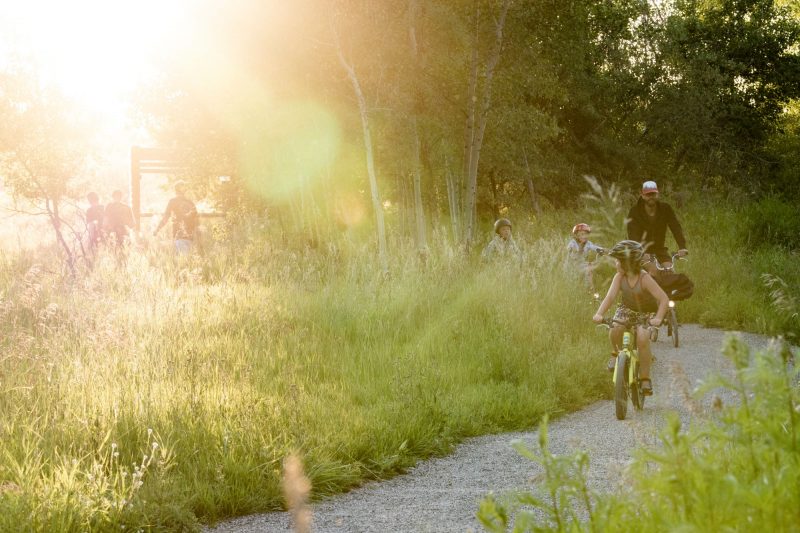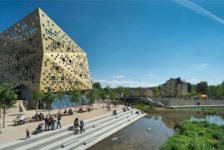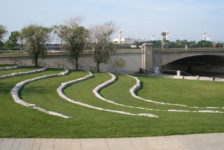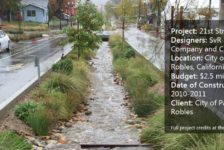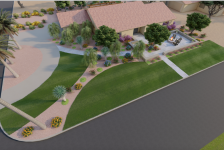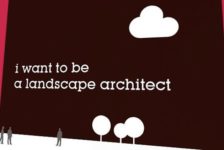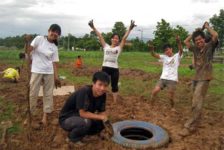Using storytelling as a medium to convey the intangible meaning of a place is a powerful and effective approach that captures the essence, history, and significance of a location. While site analysis, such as GIS mapping, demographic research, or market studies, can provide a factual understanding, storytelling brings depth, emotion, and a human connection to the experience of a place. It allows users of the spaces we create and enhance to engage on a personal level, transcending mere information and statistics.
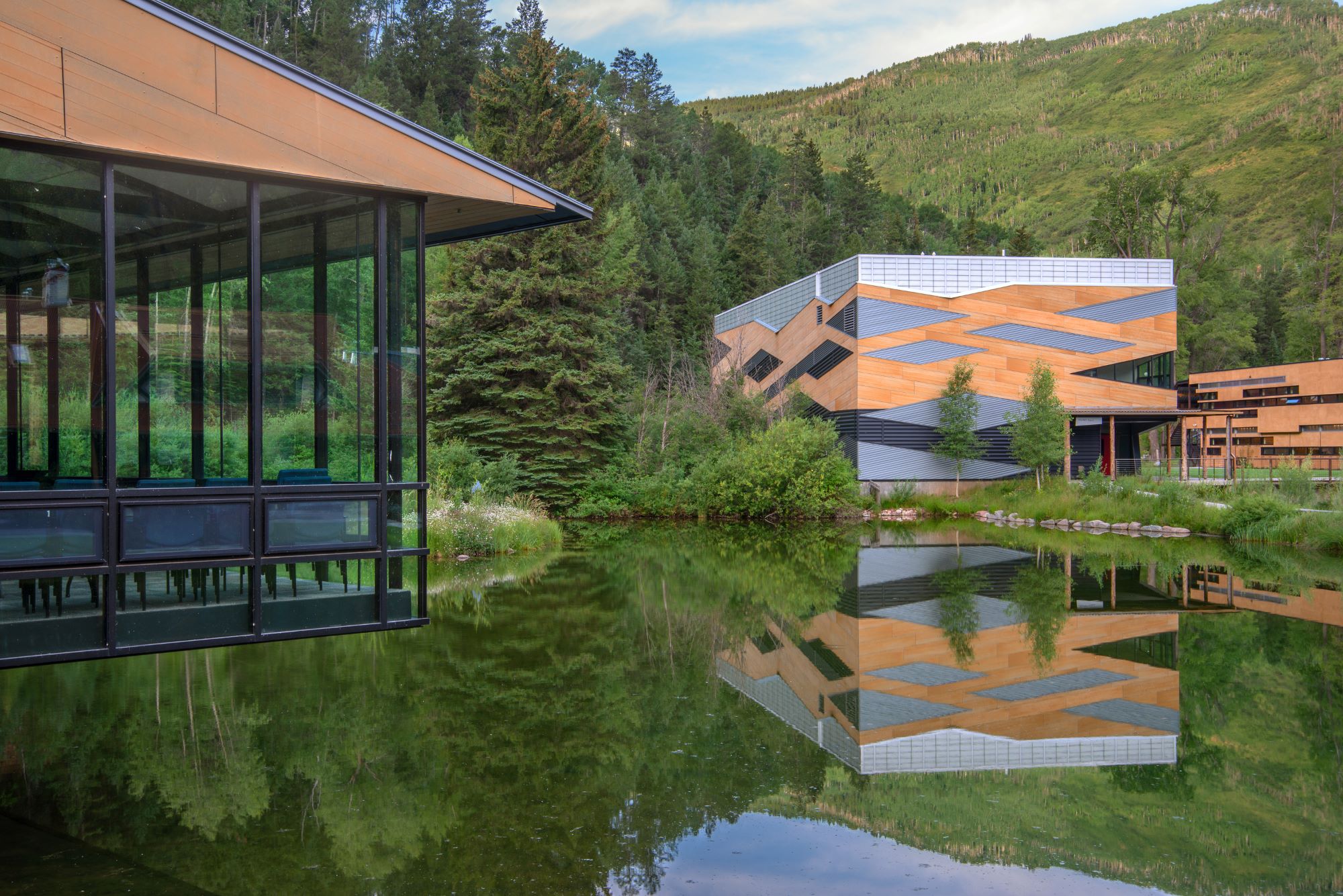
Image: Design Workshop
Here are five reasons why storytelling is a keystone to convey the intangible meaning of a place:
- Emotional Connection: Storytelling taps into the emotions of the audience – in this case, people existing in the spaces in which we create – giving them a deeper connection to the place being described. By evoking feelings, such as joy, sorrow, nostalgia, or wonder, stories help people develop a personal attachment to the location, enabling them to understand its significance beyond physical attributes.
- Cultural Context: Places are often steeped in rich cultural and historical contexts. Stories can illuminate the traditions, customs, and beliefs that shape a place’s identity, helping people grasp the intangible aspects of its culture. Through narratives, people in a landscape can explore the intangible elements like folklore, legends, and local myths, which contribute to the individuality of a place.
- Human Experience: Places are not just geographic entities; they are lived spaces where people’s lives unfold. Stories allow users of a space to step into the shoes of individuals who have shaped the place or have been influenced by it. Personal anecdotes, biographies, or fictional tales help readers empathize with the human experiences tied to the location, providing a nuanced understanding of its intangible qualities.
- Sense of Identity: Every place has its own identity and a set of values that define it. Through storytelling, readers can gain insight into the collective identity of a community or a region. By exploring narratives that highlight the struggles, achievements, or defining moments of a place, people in a space can comprehend the intangible aspects that contribute to its character and sense of pride.
- Inspiration and Engagement: Stories have a captivating power to engage readers, ignite their imagination, and inspire action. By weaving narratives that highlight the intangible allure of a place, storytelling motivates readers to explore, experience, and appreciate it firsthand. This engagement can foster a sense of stewardship and a desire to protect and preserve places with intangible significance.
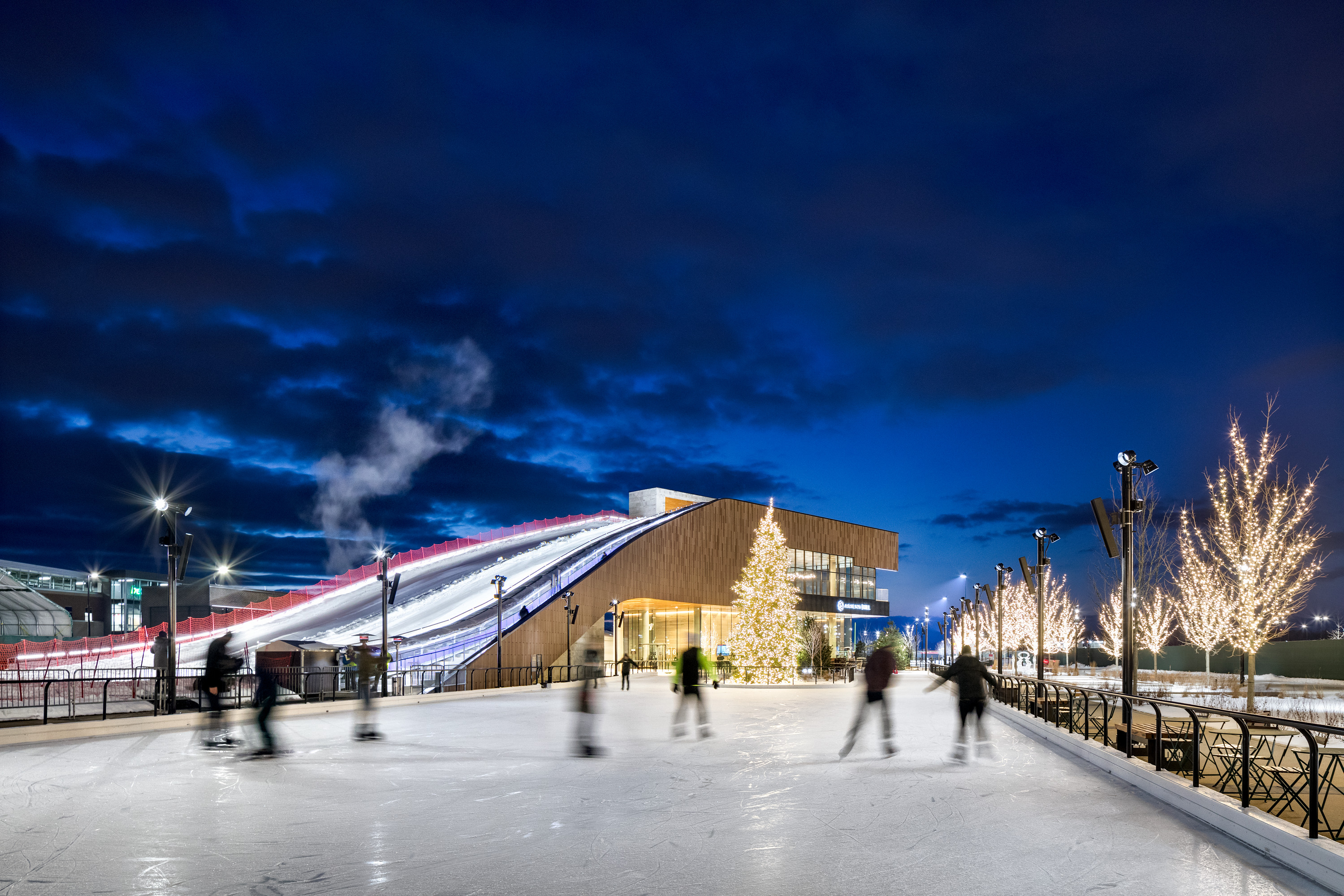
Image: Design Workshop
So how can one take the stories from a place and imbue that into its Spirit? Authentic community engagement, research, reading, imagination are all necessary tools. Here are four ways to unlock the Spirit of Place:
- Past: Understanding the history of a place and how it has evolved over time is crucial to capturing its Spirit of Place. By delving into the past, one can uncover significant events, cultural shifts, and the development of the site. For example, in the case of the Houston Arboretum and Nature Center (Houston, Texas), the Spirit of Place lies in acknowledging the historical ecological significance of the soils and its restoration after the devastation Hurricane Ike and subsequent droughts. The story of the Arboretum’s transformation from piney woods to tremendous tree loss to reincarnation as a savannah meadow reflects the resilience of nature.
- Present: To truly grasp the Spirit of Place, one must understand the current state of affairs, key issues, and driving forces shaping the location. This involves recognizing the social, economic, and environmental conditions that influence the site in the present moment. An example that resonates in this context is the High Line Park in New York City. By repurposing an elevated railway track into a vibrant public space, the High Line embodies the present spirit of urban revitalization, sustainability, and community engagement.
- Theories/Methodology: This aspect focuses on how the story of a place is conveyed to others, encouraging them to evaluate alternatives and envision desired outcomes. It involves selecting appropriate methodologies and theories to effectively communicate the intangible qualities of the location. The work of Jane Jacobs, an urban activist and writer, exemplifies this aspect. Her book “The Death and Life of Great American Cities” presents a theory of urban planning that emphasizes the importance of mixed-use neighborhoods, pedestrian-friendly streets, and community participation. Jacobs’ methodology of storytelling and advocacy for human-scale urban environments has influenced urban planning practices worldwide.
- Future: The future aspect of the Spirit of Place involves envisioning the potential outcomes or the desired future state of a site. It aims to foster a sense of ownership and inspire people to take responsibility for the preservation and development of the place. The concept of “placemaking” aligns with this aspect, emphasizing community involvement in shaping public spaces. The Midtown Park project in Houston, Texas was once a surface parking lot and vacant commercial spaces. Understanding the needs of the community regarding open spaces and wanting to reconnect the Midtown District to the Bayou, represents a future where unused urban spaces can be transformed into green, accessible areas that enhance the quality of life for residents and visitors.

Image: Design Workshop
In summary, finding the Spirit of Place is essential to the success of design as it allows designers to create spaces that are authentic, enhance user experience, foster sustainability, encourage community engagement, and leave lasting legacies. By embracing the intangible qualities of a location through storytelling and deep exploration, design becomes a powerful medium for connecting people with their surroundings and shaping meaningful environments.
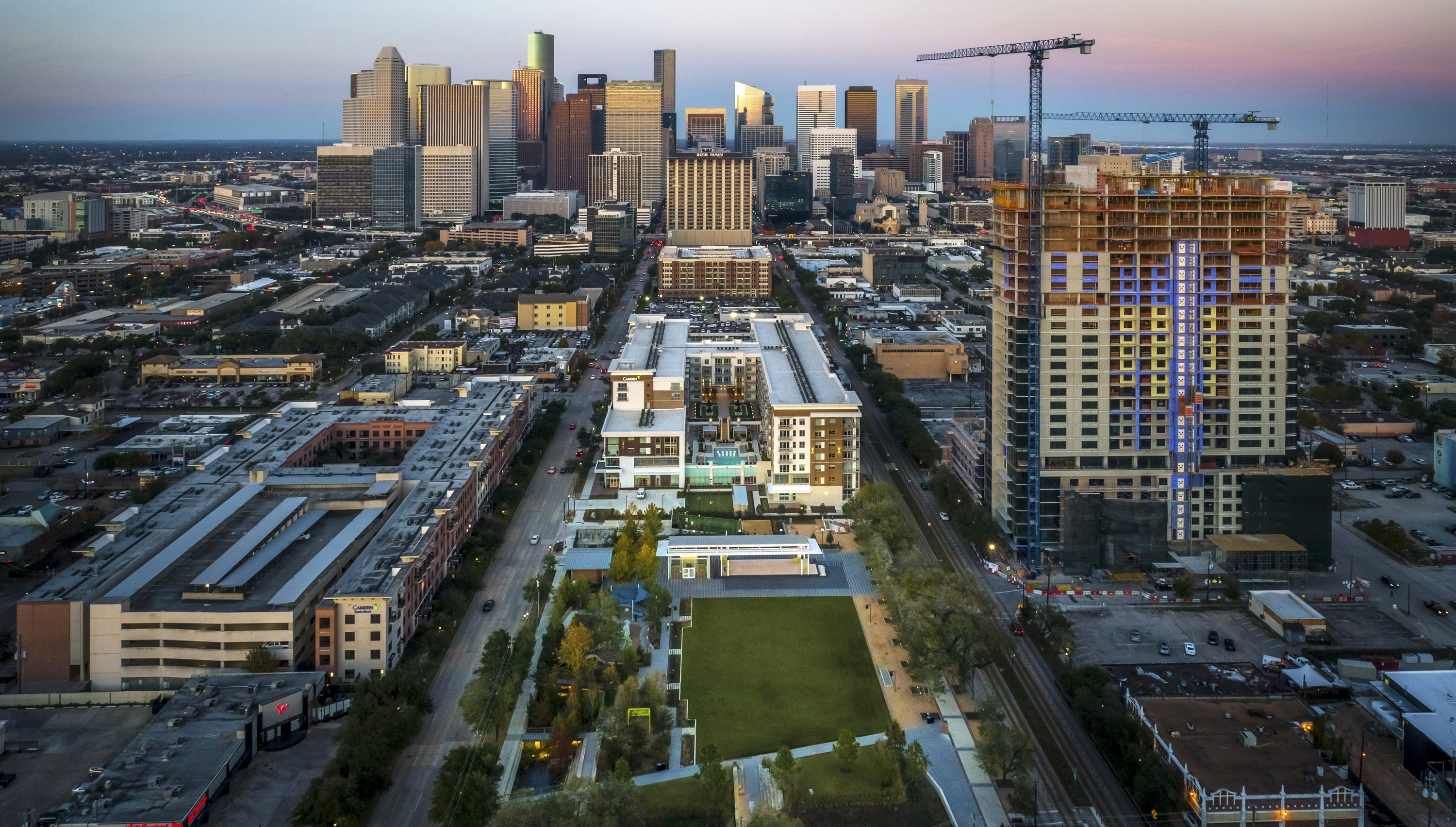
Image: Design Workshop


